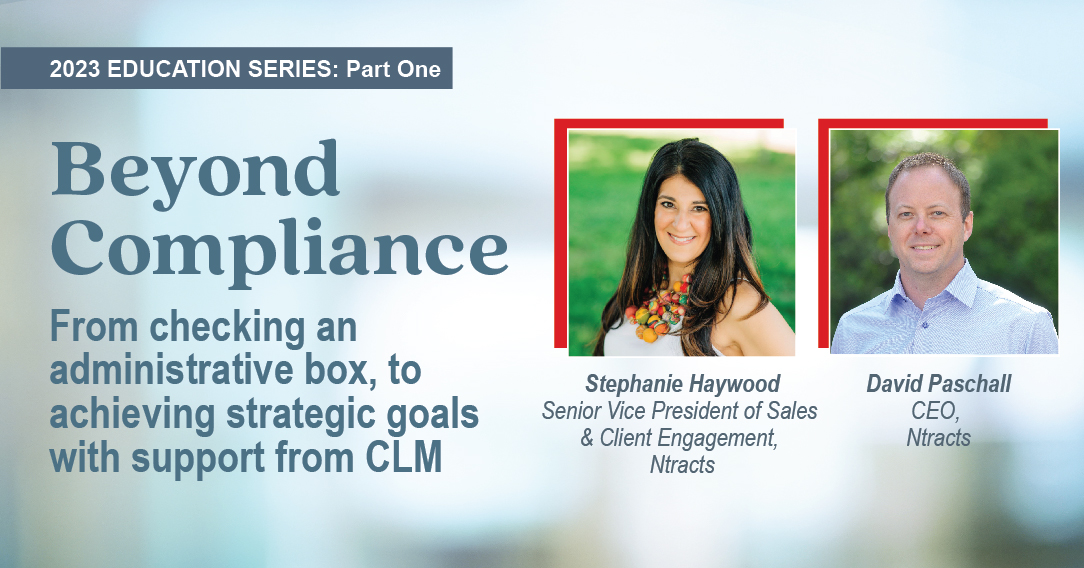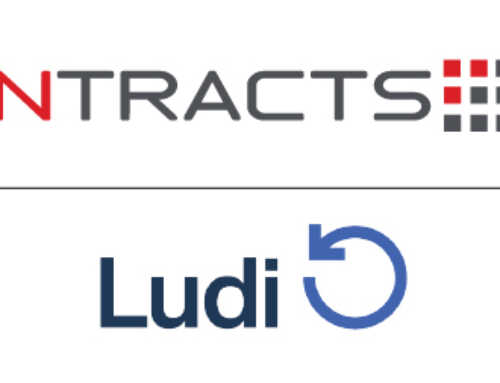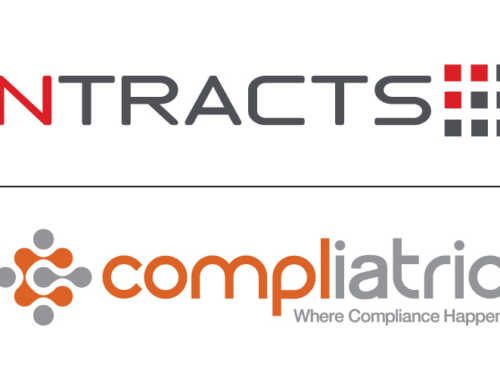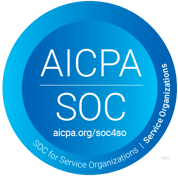Below, watch Stephanie Haywood, Ntracts Senior Vice President of Sales & Client Engagement, and David Paschall, Ntracts CEO, discuss the root cause of lack of visibility into contacts within a healthcare organization.
This discussion revolves around the pivotal role of oversight, processes, and technology in managing healthcare contracts effectively. Below are some of the insights shared by our experts:
The Oversight Dilemma
Many hospitals and health systems are facing the absence of adequate oversight when it comes to the processes (defined or undefined) around managing their contracts. This issue is a pressing concern, as the healthcare industry deals with massive amounts of data, increasingly complex contracts, and regulatory requirements. It becomes imperative to ask whether the lack of oversight alone is the root cause of these challenges.
The Additional Challenges of Process and Policy
Our experts agree that the issues at hand stem from a combination of factors. Oversight, while essential, is just one piece of the puzzle. Quality oversight, combined with well-defined processes and enforced policies, together form the backbone of effective contract management. Contracts in healthcare are not static documents; they are dynamic entities that require constant attention and adaptation.
Health Systems are Living and Demand Active Management
Contracts and the processes and solutions that manage them are compared to something that is alive. They are continually evolving, growing, and changing with the constant influx of information, negotiations, changes within the organization, and changes within governmental regulations. It’s not enough to execute a contract and let it sit collecting dust. Active management is required to ensure that these contracts continue to serve their intended purposes.
Our speakers then stress the need for a well-organized contract management solution within healthcare organizations. This includes processes for negotiating, renewing, and terminating contracts. It also includes well-functioning workflow automations and accurate data intake. It’s not merely about getting agreements ready for signature; it’s about ensuring that these agreements align with established procedures and processes, and ensuring they will be monitored properly throughout the term of the contract.
A powerful ally in the quest for effective contract management is technology: a robust contract lifecycle management solution. Implementing systems that support and enforce the contract management processes defined to achieve your organizational goals can be a game-changer. A robust, well-constructed contract lifecycle management solution and process provide consistency and reliability, even when facing challenges such as employee attrition or transitions between departments. Organizations can be confident they’ll maintain compliance even in the face of internal changes. This not only safeguards against legal issues but also fosters best practices in contracting.
For Organizations with an Established Contract Management Process
Our experts point out that even for those who already have a contract management process in place, there is always room for improvement. Efficiency gains is the next steps in the contract management process maturity cycle. By streamlining processes and leveraging technology, organizations can save time and resources. This translates into financial gains and enables healthcare professionals to focus on what truly matters – patient care.
Additionally, organizations who are well into defining their contract management process should take time to identify and correct any mistakes made along the way. Advanced reporting within a contract lifecycle management solution can quickly identify areas of improvement and is a chance to further enhance efficiency and effectiveness.
Conclusion
This discussion highlights the intricate balance required to manage contracts effectively in this dynamic industry. Oversight, processes, and technology are the cornerstones of contract management efficiency and improvement, and with a commitment to implementing these, healthcare organizations can more confidently navigate the complex world of contract compliance and risk mitigation.
Check out the other resources in this education series:
Subscribe to get the latest updates from Ntracts.





